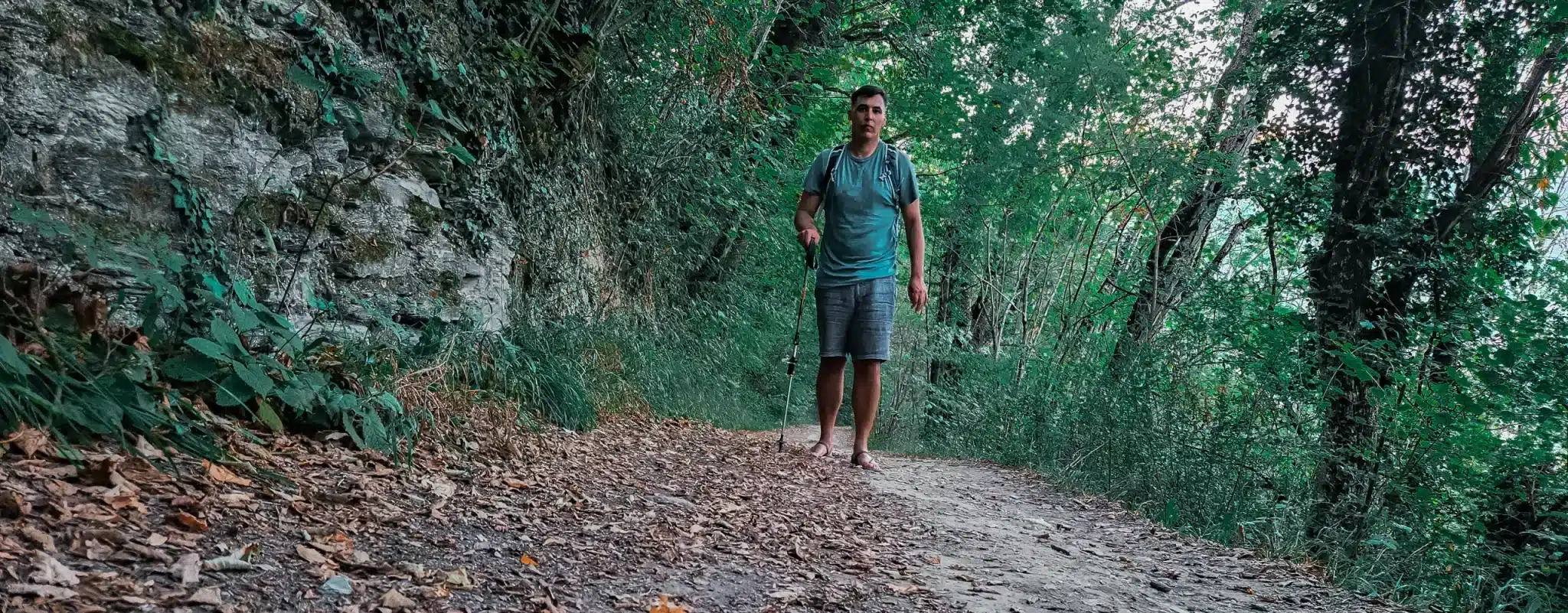Visit Segesta – Hot Springs
- Nature Source Chaude
- Published on
- Updated on 4 April 2025
Situated in western of Sicily, in the province of Trapani, Segesta is a town steeped in history, with several monuments dating back to ancient Greek times. There is an amphitheatre and a well-preserved temple on a rocky spur at the top of a hill.
It’s also clear that Segesta was famous for its thermal baths. In fact, classical baths now stand on the archaeological remains of an ancient thermal monument : Roman baths.
However, the abundance of naturally hot water that gushes out around the paid thermal baths has made it possible to create a free thermal pool in the heart of nature.
Without further ado, let’s discover this enchanting place which, in my opinion, has the most beautiful natural hot springs in Sicily.
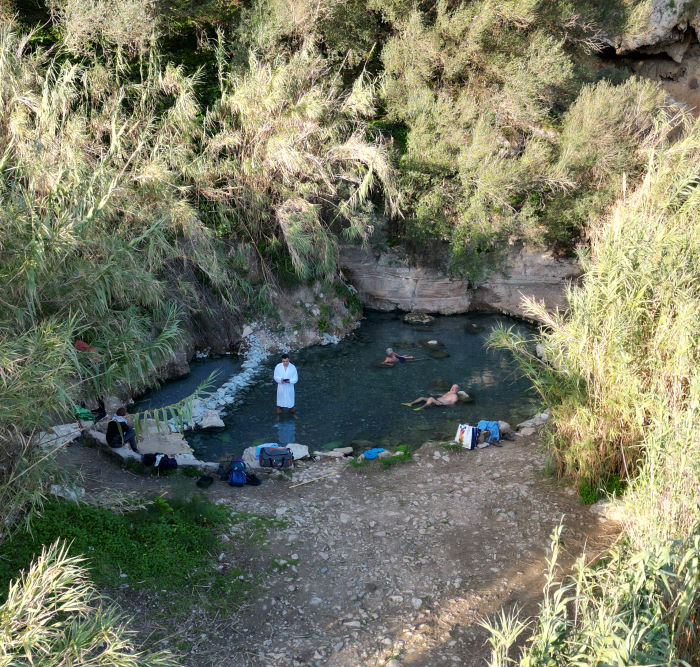
IN SUMMARY :
Segesta thermal baths
The thermal baths of Segesta have several hot springs, three of which are used by the thermal complex.
In the vicinity of the baths, which have to be paid for, other hot water resurgences are left free. These free natural baths are also known in Sicily as the ‘Polle del Crimiso‘ (thermal pools) or the ‘Terme libere di Segesta‘ and are sure to attract travellers in search of natural beauty.
Discover the natural spa
To get to this beautiful place, rich in natural resources, I had to cross a stream. But it was worth it. About ten metres from the crossing, in a corner of the valley, the sulphurous spring appears, mysteriously flowing into a large natural pool. This thermal pool is as if hidden and lost among the tall grasses that make this place truly unique.
You can also feel that the proximity of the reeds and tamarisk has a great influence on the state of the atmosphere, as it has a great influence on the soil and the stream that runs a few metres away. This elegant vegetation has a calming effect on the mind. At the foot of the sulphur spring there is also a wall of travertine with coloured stripes, which forms an attractive contrast to this place rich in beauty.
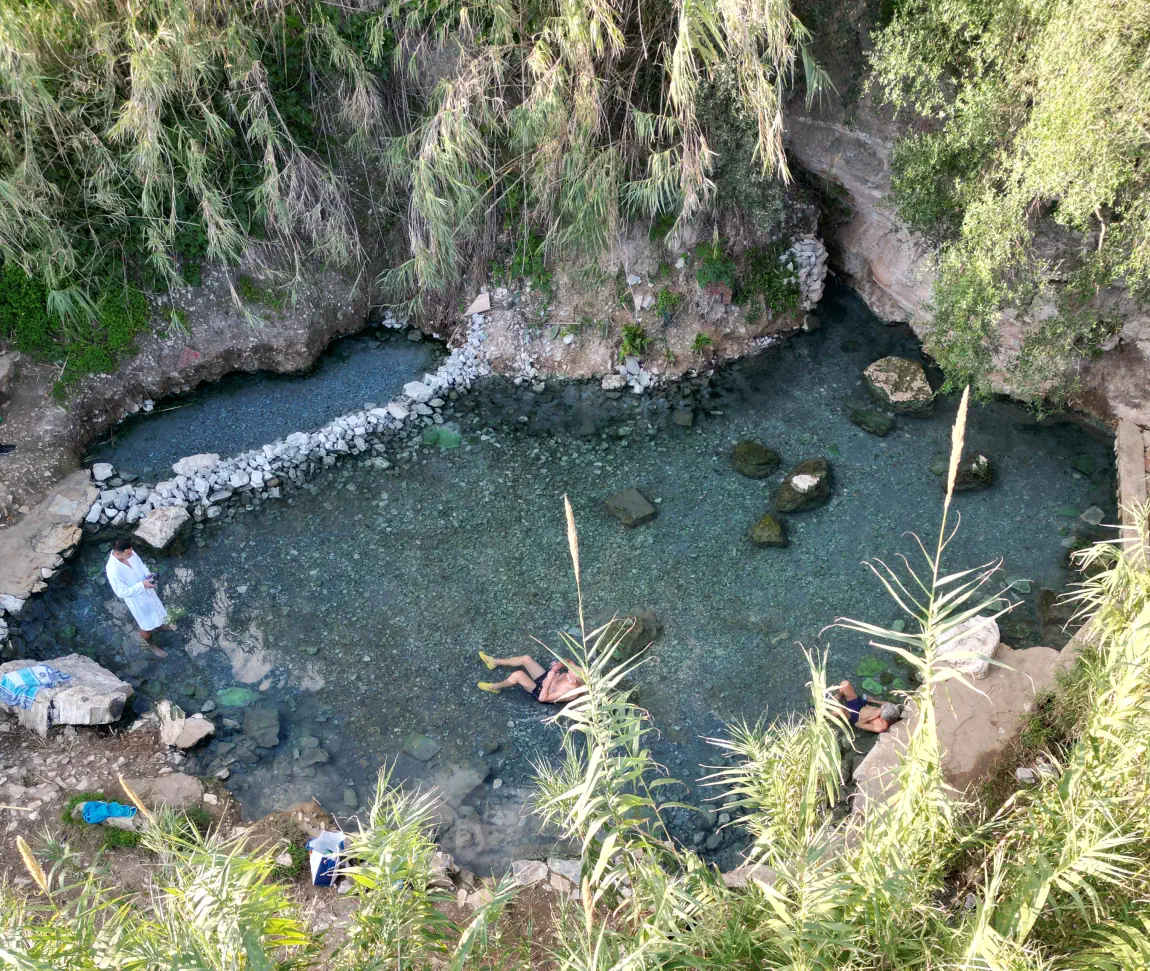
At dawn, the sight is striking, with clearly visible vapours rising above the waters. It creates a very special atmosphere. It is also at this time (at sunrise) that you can see that the spring is perfectly clear. When the first bathers come and cross it (around 7-8am), the sulphurous spring is subjected to turbulence and loses some of its transparency.
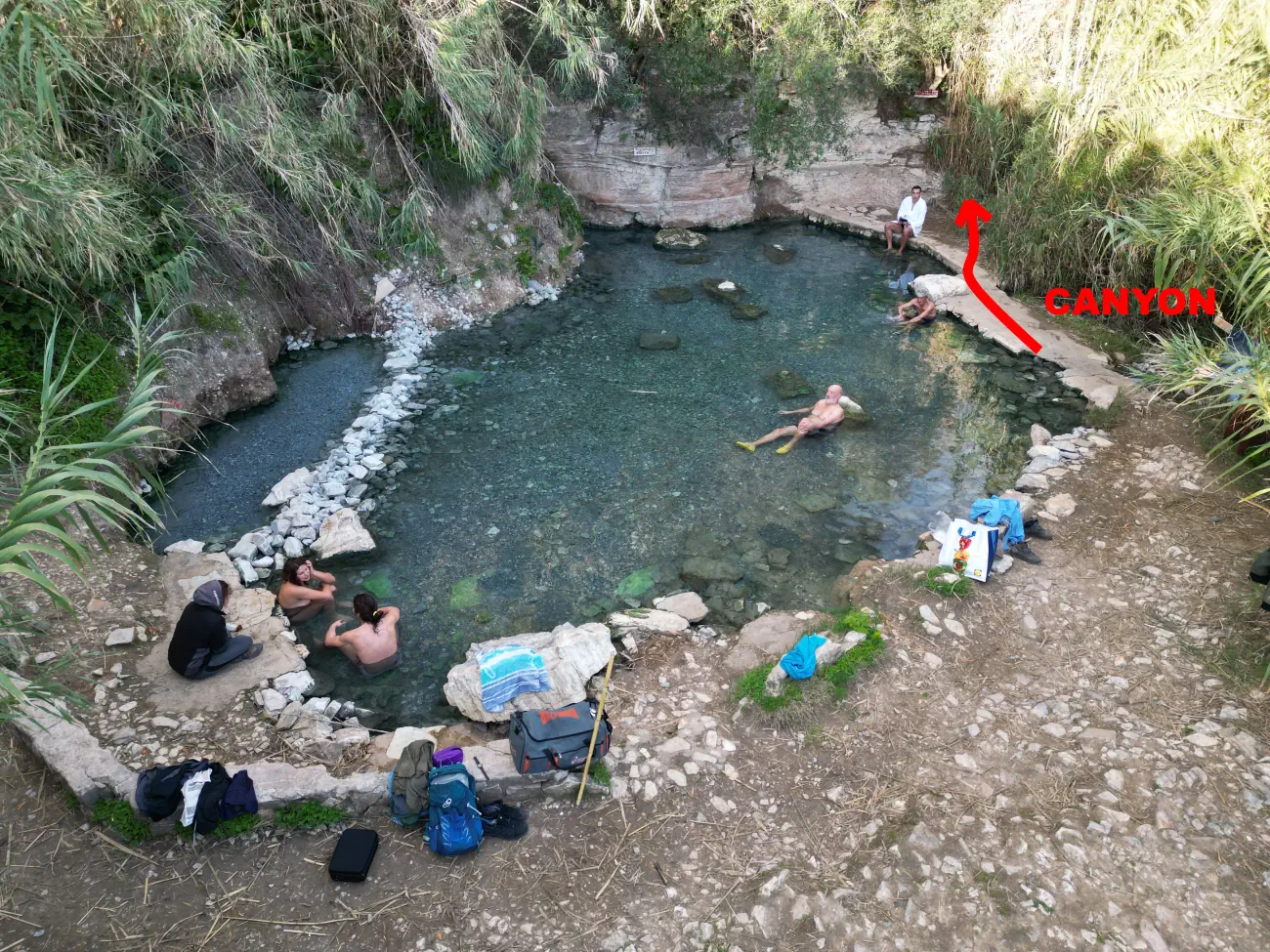
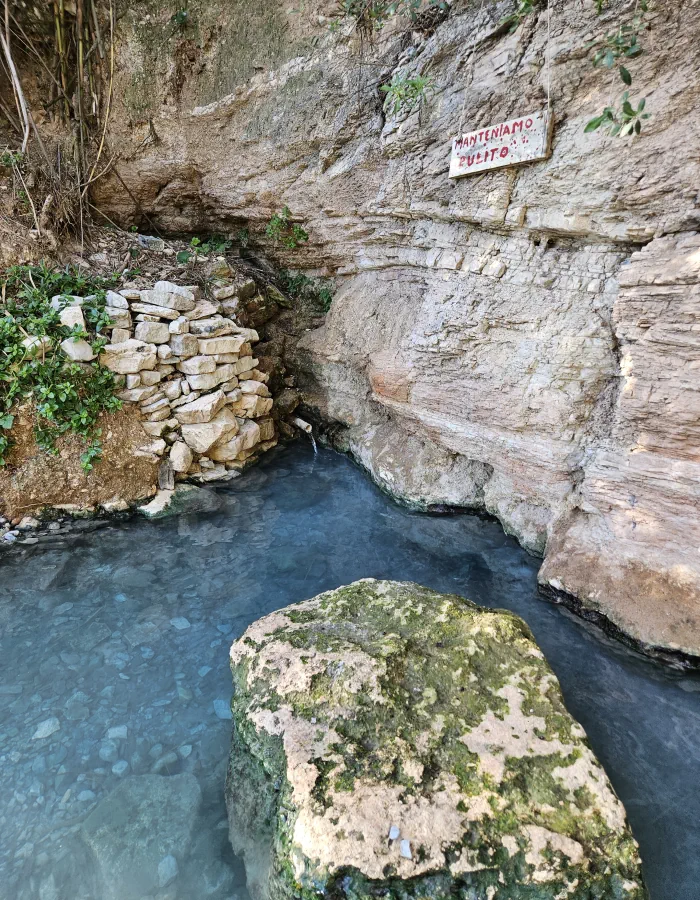
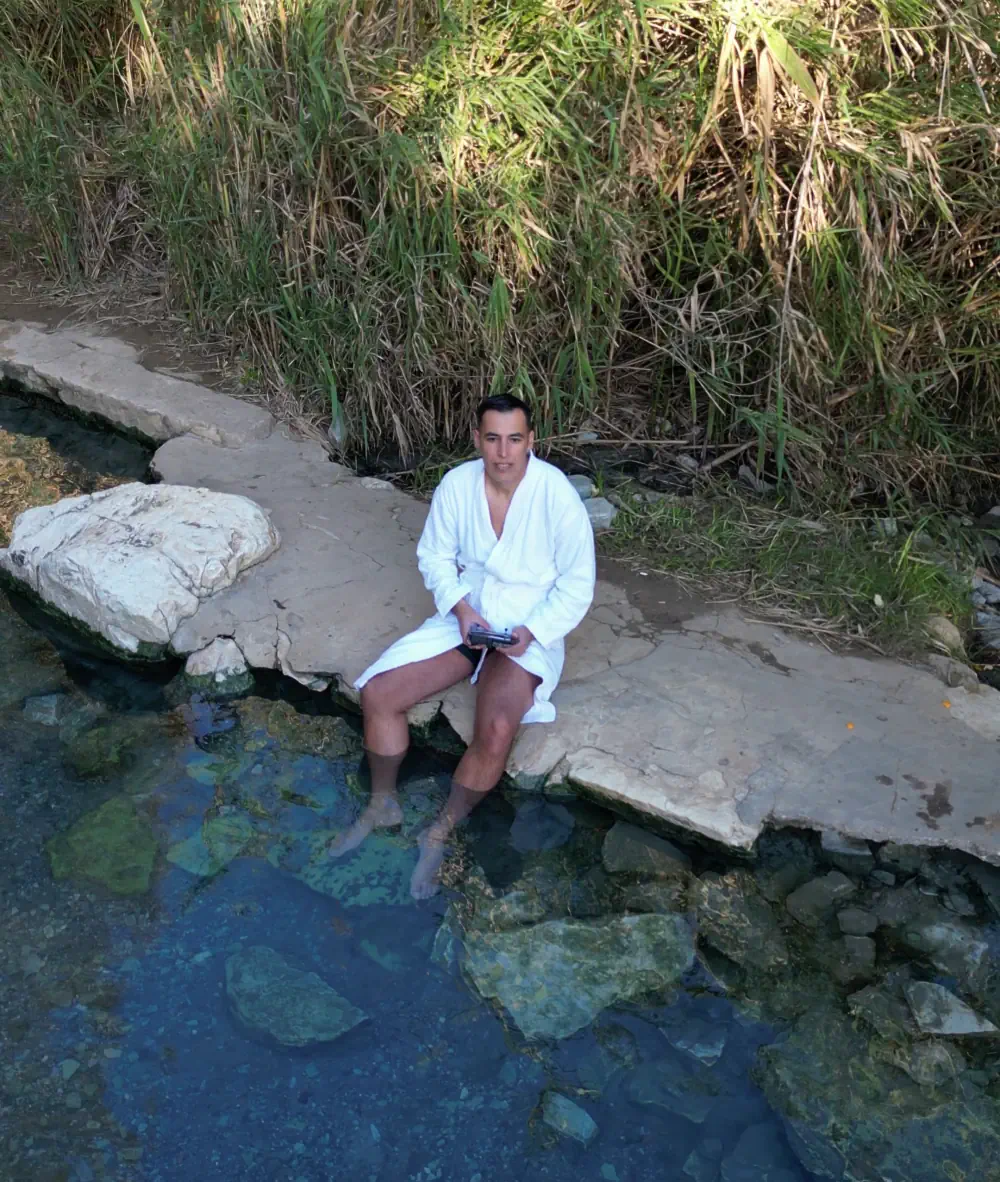
The sulphurous spring is contained by a stone barrier, creating a large basin whose diameter and depth are proportional to the amount of water needed. The water came up to my knees. It is large enough to hold about thirty people.
The temperature of the large pool is 40 degrees, which may seem a little hot at first. But what about some of the regulars who like to bathe in the small pool, where the temperature is even higher (43 degrees)? This small area allows you to enjoy the benefits of hyperthermic baths. But don’t overdo it (a few minutes is enough).
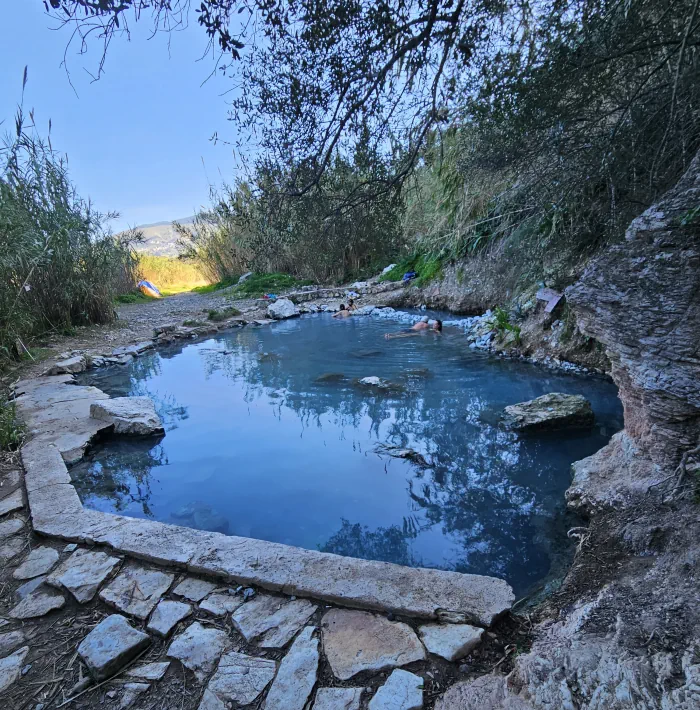
The thermal waters that feed the pool come from many different places. Some of the water comes from a pipe set into the rock and located in the recess of the main basin. This pipe is also used by the locals to fill bottles.
However, much of the water flows underground in several directions and gushes out at the bottom of the pool. Strings of bubbles, not very reassuring to the inexperienced bather, appear periodically in the water. In this way, the bather is like being immersed in a cooking pot, releasing gases that are truly healing. In the Roman world of the early Empire, Pliny the Elder, an ancient naturalist, already described the therapeutic virtues of the hot waters of Segesta. His testimony confirmed that of Strabo, an ancient Greek geographer of the Roman period.
The waters of Segesta are also considered to be highly mineralised, radioactive, hyperthermal and sulphurous. These waters are said to treat rheumatism, dermatological and respiratory diseases… To find out more about the benefits of sulphurous waters and thermal gases, read the article: How cleanse your lungs with simple, natural ways. This spring emits a rotten egg smell (sulphurous spring) which is not very strong (between 5 and 10 mg of H₂S per litre).
Hot springs in the canyon
As you enter the canyon, the scenery is also breathtaking. As you walk up the canyon along the river bank, reeds cover parts of the river for about a hundred metres. Then, crossing the (cold) river on the right, there is a small, fairly warm pool (41 degrees). If the water is too warm, you can sit by the pool or by the river.
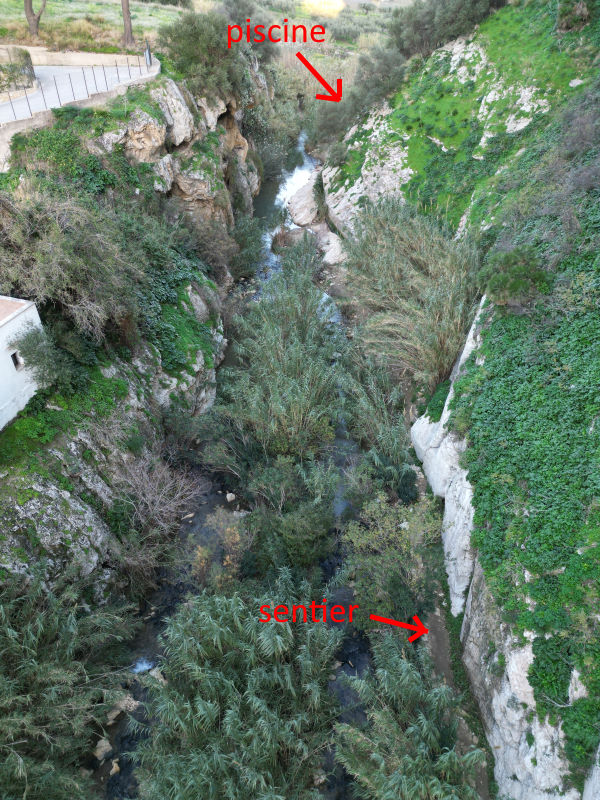
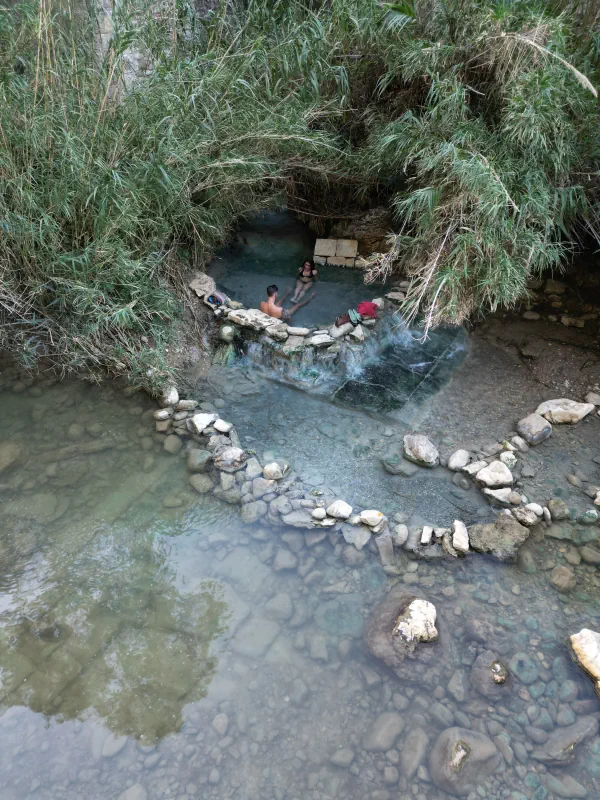
Continuing along the canyon, you’ll find a small cave with a few centimetres of very hot water (42 degrees). This cave is a real natural sauna, especially in winter. It’s also a vaporarium, which is particularly helpful for the respiratory tract. It’s also a great place for physical and mental regeneration. You can also take advantage of the sulphured thermal muds, which should be used in moderation. The cave then discharges its thermal water onto layers of clay that have been transformed deep down by microorganisms in the soil.
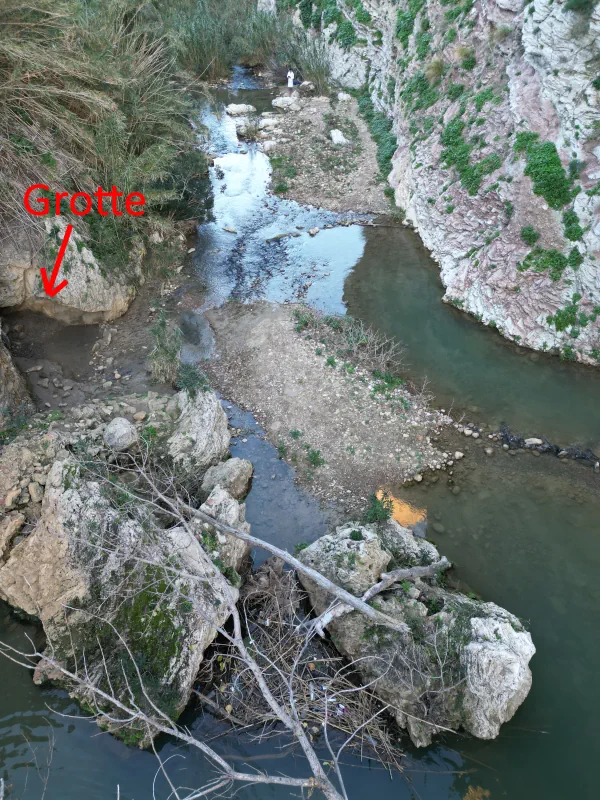
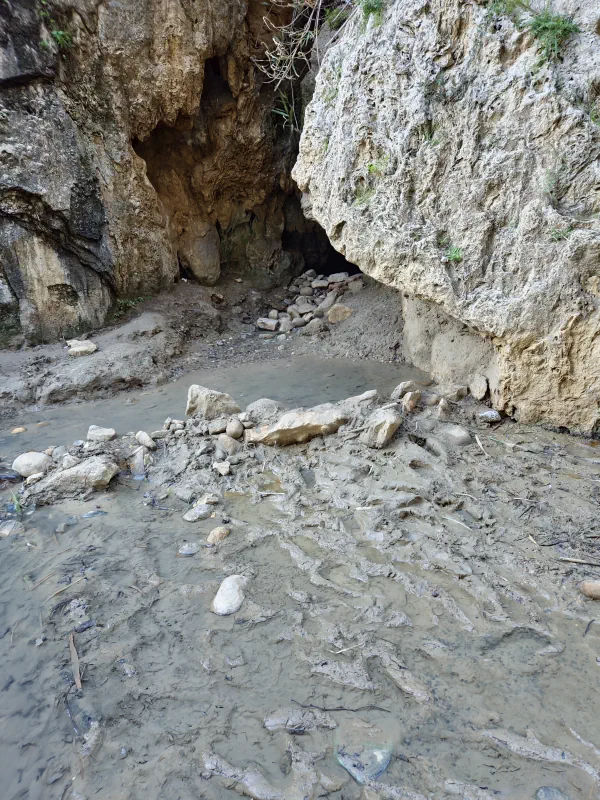
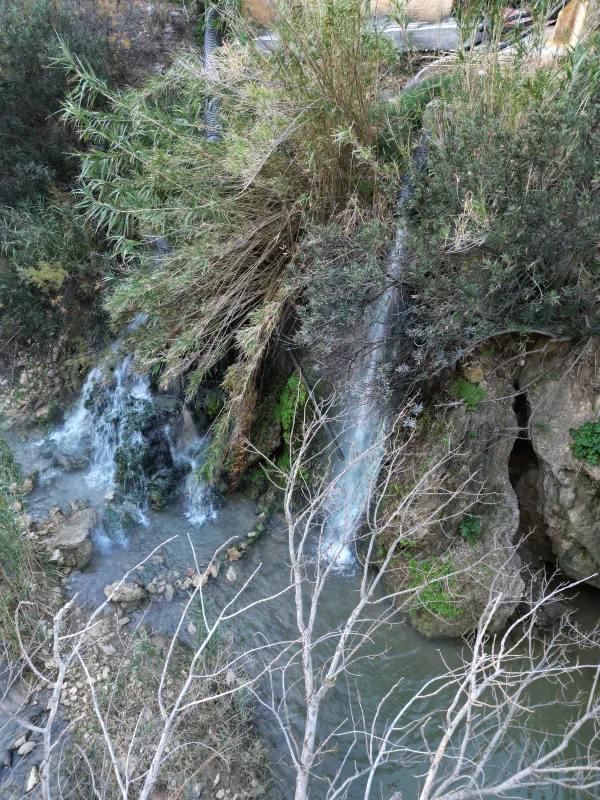
If you continue a little further (a few dozen metres), small waterfalls of hot water flow into the river. The hot water comes from the spa complex high above, close to the road. The locals have set up several pools to take advantage of this area. The abundance of hot water heats up the river nicely and offers a number of good places to swim.
How to get to the Baths ?
To reach this thermal site (see also our map), you need to go to the “Terme Libere Segestane” car park.
Just before the entrance to the paid thermal baths of Segestane, turn left and leave your car at the side of the road before the steep descent. It’s better to walk a little rather than risk damaging your car, as the road is in very bad condition with large ruts. The 4×4 is handy, but it will only save you a hundred metres or so. Accessibility is the only negative point.
The way then leads directly to the hot spring. The crossing of the river is at a place where the river bed is shallow. Large stones are placed across the river. You can cross barefoot or with water sandals. Water sandals are also essential for venturing into the canyon.
The second option is to go to the “Parking Terme Libere Segesta 2” which is more suitable for low cars, but is a little further away.





